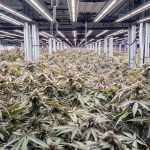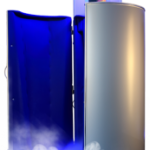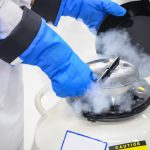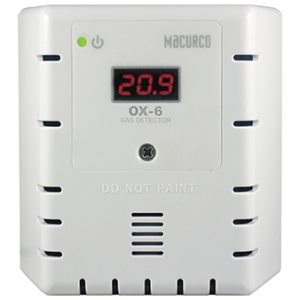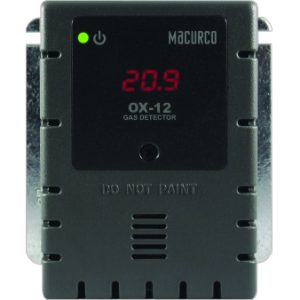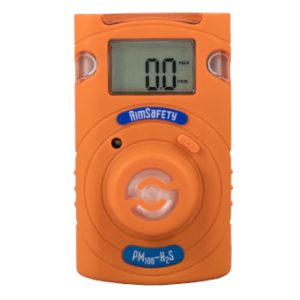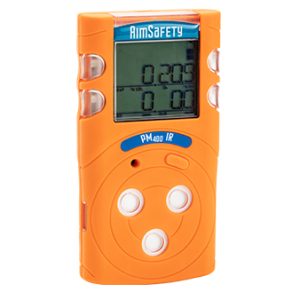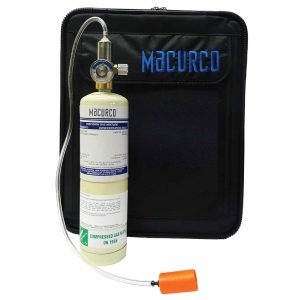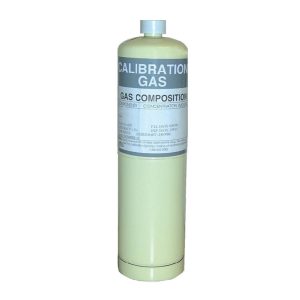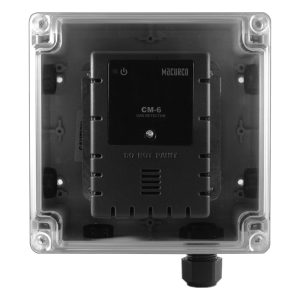Oxygen
December 29th, 2022, Sioux Falls, SD –
Oxygen (O2) is a colorless, odorless, tasteless gas essential to living organisms and beings taken up by animals. During respiration, animals and some bacteria take oxygen from the atmosphere and return it to carbon dioxide, whereas by photosynthesis, green plants assimilate carbon dioxide in the presence of sunlight and evolve free oxygen. The proportion of oxygen by volume in the atmosphere is 20.9 percent.
(O2) is an essential element in the respiratory process for most living cells and combustion processes. Too little or too much oxygen can be dangerous. Oxygen is an oxidizer, a type of chemical a fuel requires to burn.

Effects of O2
Oxygen Depletion:
Inert cryogenic liquids such as nitrogen, helium, or argon, once vaporized, both products will generate a large volume of cold, inert gas that will displace ambient air, causing oxygen depletion and may accumulate in low points.
Moderate low levels of oxygen health concerns consist of disturbed respiration, poor circulation, worsening fatigue & loss of critical faculties. Extreme low levels of oxygen cause the inability to move, loss of consciousness, brain damage, and death.
Oxygen Enrichment:
The risk of from oxygen enrichment exists where pure oxygen is stored. At 22% by vol. or greater, there is an increased risk for a fire/explosion. If oxygen levels exceed 24% by vol. or greater items such as clothing can spontaneously combust.
The health effects of oxygen enrichment consist of cough, dizziness, sore throat, and visual disturbances at very high concentrations.
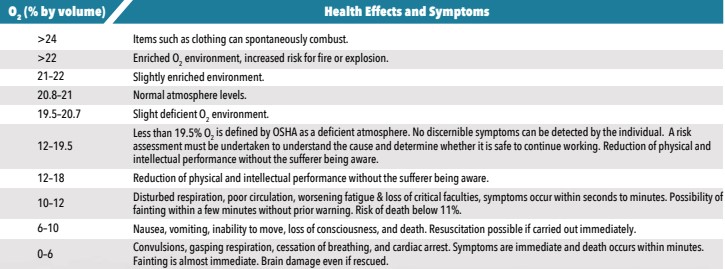
A variety of labs use inert gases such as Nitrogen, Helium, and Argon tanks during their processes. Inert cryogenic liquids like Nitrogen, when vaporized, produce a large volume of cold, inert gas displacing air, causing oxygen deficiency, and may accumulate in low points.
Oxygen Gas Chart
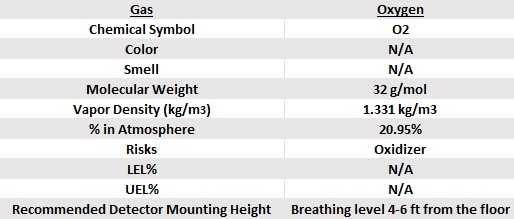
Macurco Common Applications
About Macurco Gas Detection
Macurco Gas Detection is a division of Aerionics Inc. Macurco designs develops and manufactures a complete set of fixed and portable gas detection monitors to protect workers, responders, and the community. Macurco has 50 years of proven gas detection experience in residential, commercial, and industrial gas monitoring. Macurco gas detection systems (HVAC, Fire & Security, AimSafety, and TracXP) are widely recognized by distributors and users for their high performance and consistent reliability.
Macurco is based in Sioux Falls, South Dakota. Learn more at www.macurco.com.
For more information about Macurco products, applications or gases please contact Macurco at 877-367-7891 or email us at [email protected].


